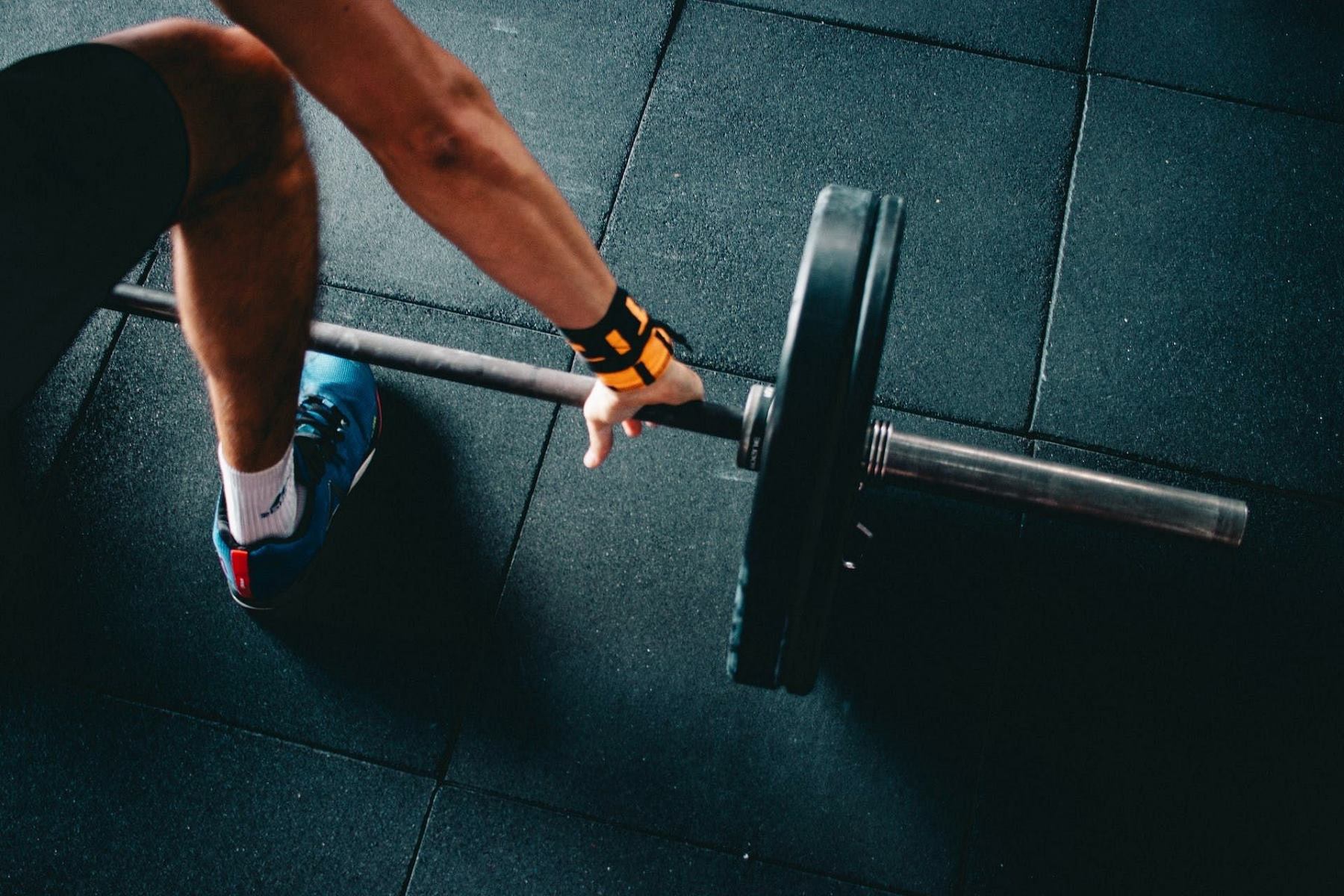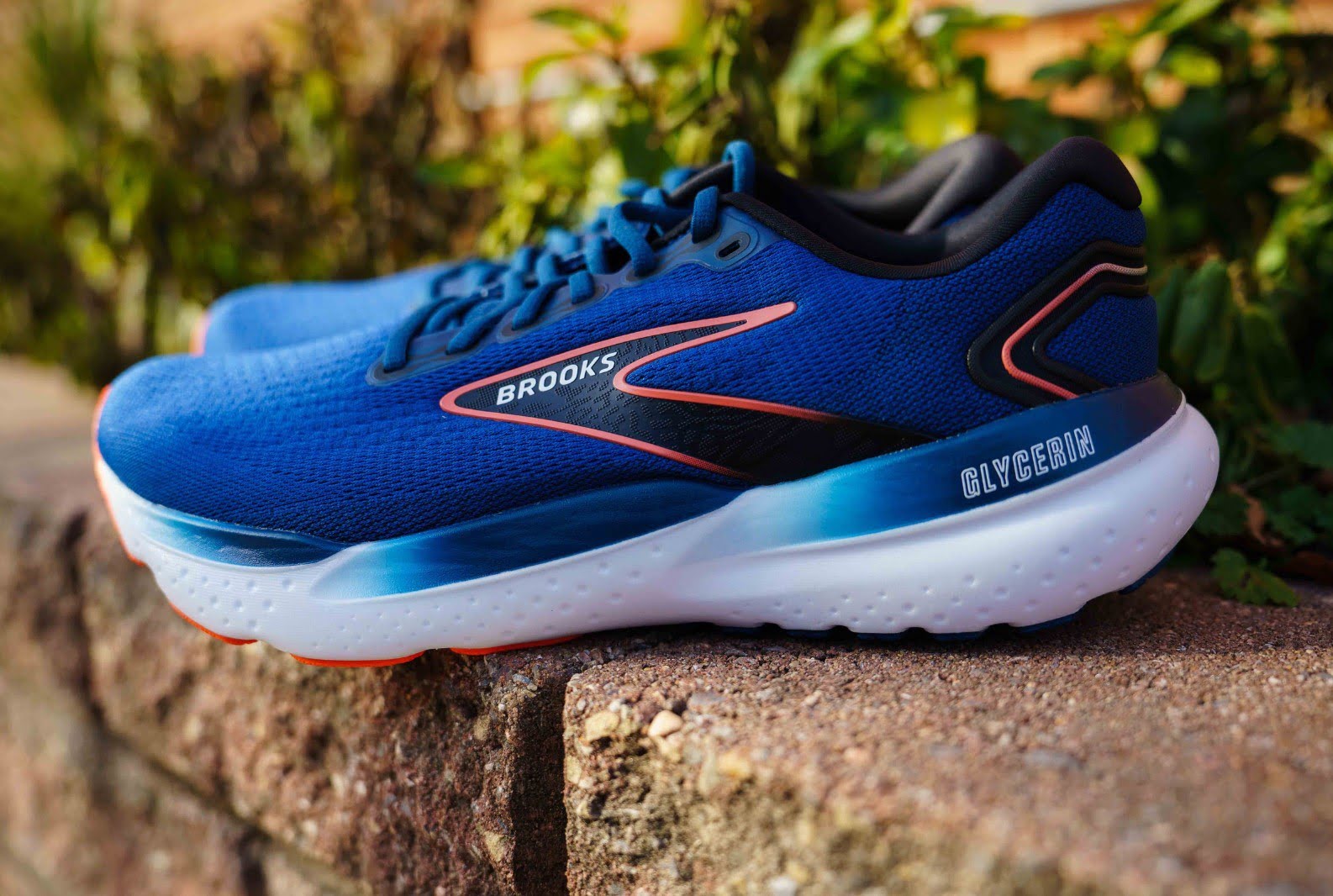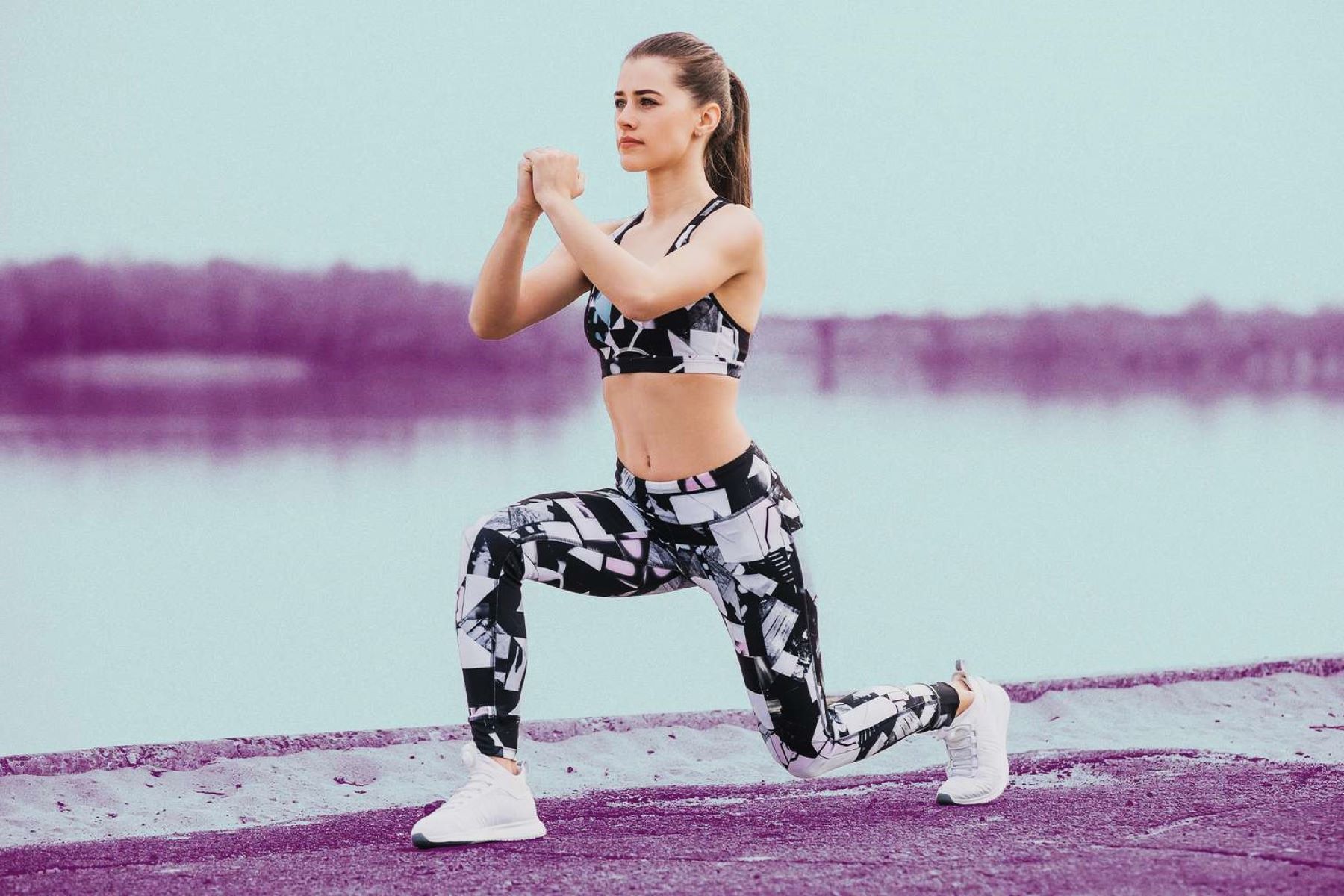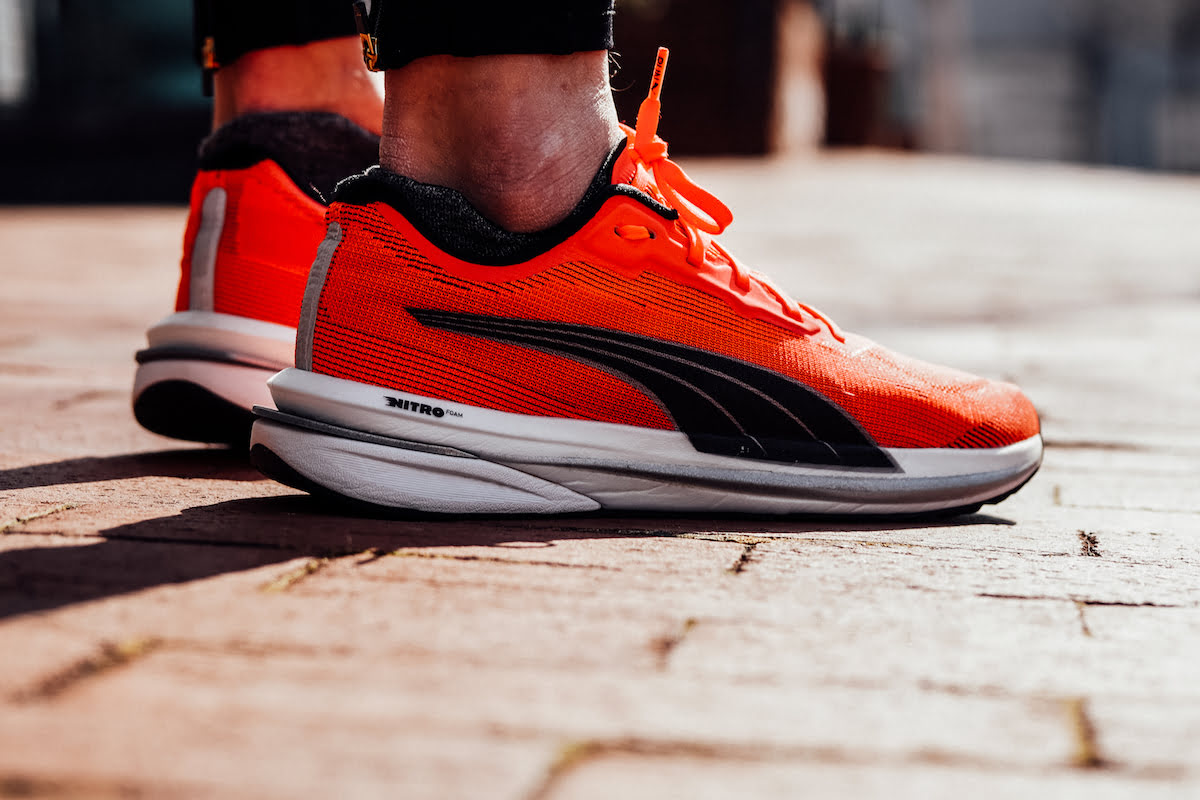Home>Training & Techniques>Cross-Training>Boost Your Running Strength With The Best Kettlebell Exercises And Workout For Runners
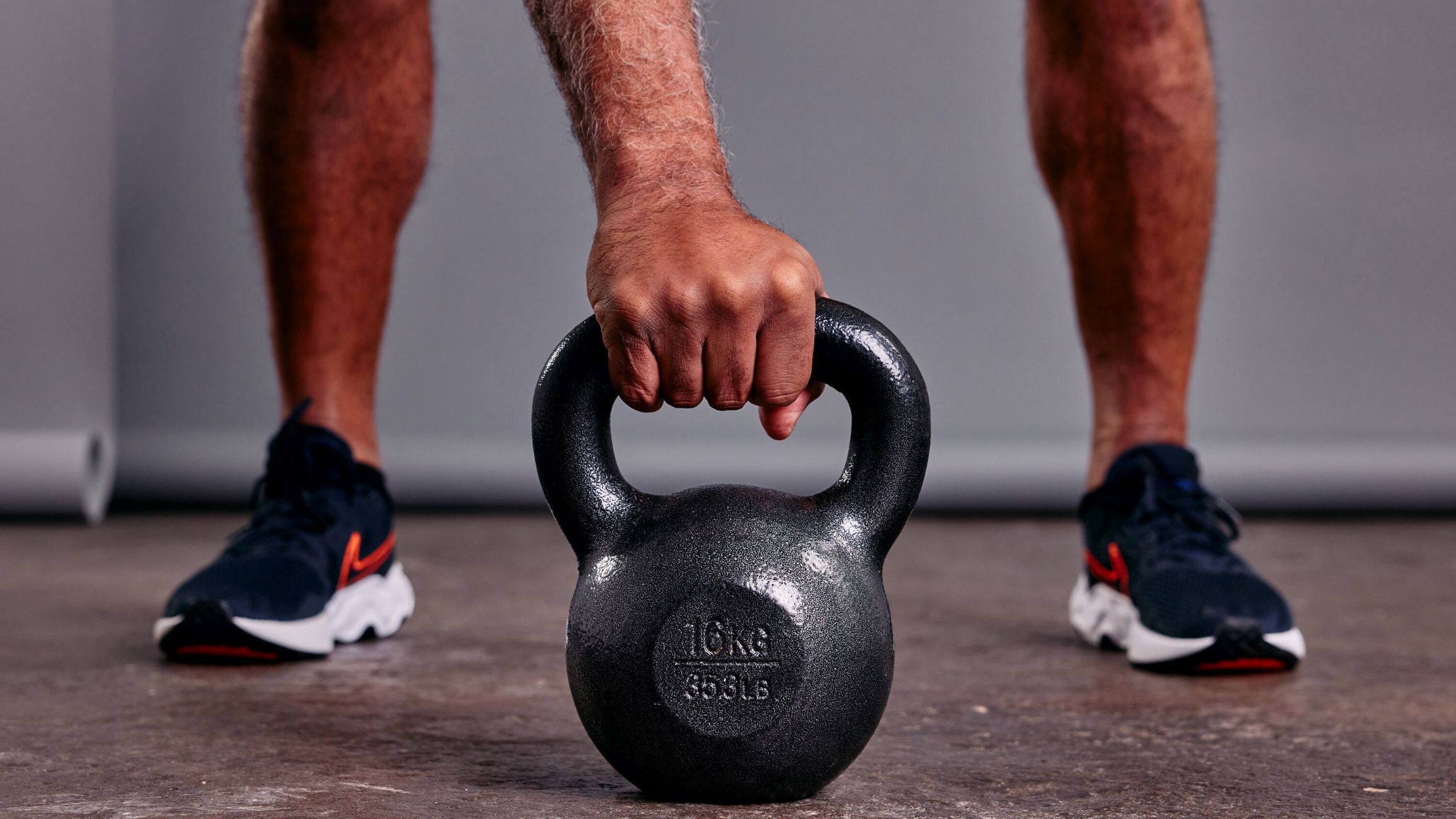

Cross-Training
Boost Your Running Strength With The Best Kettlebell Exercises And Workout For Runners
Published: February 20, 2024
Improve your running strength with effective kettlebell exercises and workouts designed for runners. Enhance your cross-training routine for better performance. Discover the best techniques now!
(Many of the links in this article redirect to a specific reviewed product. Your purchase of these products through affiliate links helps to generate commission for Therunningadvisor.com, at no extra cost. Learn more)
Table of Contents
Introduction
Are you a runner looking to take your performance to the next level? Incorporating kettlebell exercises into your training routine can be a game-changer. Kettlebell training offers a dynamic and effective way to build strength, improve endurance, and enhance overall running performance. Whether you're a seasoned marathoner or a casual jogger, integrating kettlebell workouts into your regimen can help you achieve your running goals and prevent injuries.
Kettlebell exercises are renowned for their ability to target multiple muscle groups simultaneously, making them an ideal cross-training tool for runners. By engaging the core, legs, and upper body, kettlebell workouts promote functional strength and stability, which are essential for maintaining proper running form and preventing fatigue-related injuries. Additionally, the dynamic nature of kettlebell movements mimics the full-body engagement required during running, making it a highly complementary training method.
In this comprehensive guide, we'll explore the myriad benefits of kettlebell exercises for runners and delve into essential kettlebell movements that can significantly enhance your running strength. Furthermore, we'll provide a sample kettlebell workout tailored specifically to meet the needs of runners, along with valuable tips for seamlessly integrating kettlebell training into your running routine. Whether you're aiming to improve your speed, endurance, or overall performance, the incorporation of kettlebell exercises can be a pivotal factor in your journey toward becoming a stronger, more resilient runner.
So, lace up your running shoes and get ready to discover how kettlebell training can revolutionize your running experience. It's time to unlock your full potential and elevate your running game with the best kettlebell exercises and workouts designed to propel you toward success.
Benefits of Kettlebell Exercises for Runners
Kettlebell exercises offer a myriad of benefits specifically tailored to meet the unique needs of runners. By incorporating kettlebell training into your regimen, you can experience a significant enhancement in your running performance and overall physical well-being. Here are the key advantages of integrating kettlebell exercises into your running routine:
-
Improved Strength and Power: Kettlebell workouts engage multiple muscle groups simultaneously, targeting the core, legs, and upper body. This comprehensive approach to strength training helps runners develop the essential muscular power and endurance required to tackle challenging terrains and maintain optimal running form, especially during long-distance runs.
-
Enhanced Stability and Balance: The dynamic nature of kettlebell movements demands core stabilization and balance, which are vital for runners to maintain proper posture and stability while in motion. By strengthening stabilizing muscles through kettlebell exercises, runners can reduce the risk of injury and improve their overall balance, leading to more efficient and controlled running strides.
-
Increased Endurance: Kettlebell training promotes cardiovascular endurance and muscular stamina, both of which are crucial for runners aiming to conquer longer distances and improve their overall endurance capacity. The high-intensity nature of kettlebell workouts challenges the cardiovascular system, leading to improved aerobic capacity and enhanced endurance levels.
-
Injury Prevention: By targeting various muscle groups and promoting functional strength, kettlebell exercises help runners mitigate the risk of common running-related injuries. Strengthening the muscles surrounding the knees, hips, and ankles can contribute to better joint stability and reduced impact stress, ultimately lowering the likelihood of overuse injuries.
-
Time-Efficient Workouts: Kettlebell exercises offer a time-efficient approach to strength training, making them ideal for runners with busy schedules. With just a few key movements, runners can engage in a full-body workout that complements their running routine, saving time while maximizing the benefits of cross-training.
-
Versatility and Adaptability: Kettlebell workouts can be tailored to accommodate various fitness levels and training goals, making them accessible to runners of all backgrounds. Whether you're a beginner or a seasoned athlete, kettlebell exercises can be adapted to challenge and support your individual fitness journey.
By harnessing the power of kettlebell exercises, runners can unlock their full potential, elevate their performance, and embark on a journey toward becoming stronger, more resilient athletes. The incorporation of kettlebell training into a running routine can yield transformative results, empowering runners to conquer new milestones and thrive in their pursuit of excellence.
Essential Kettlebell Exercises for Building Running Strength
When it comes to building running strength, incorporating the right kettlebell exercises into your training regimen can make a significant difference in your overall performance. These essential kettlebell movements target key muscle groups, enhance stability, and promote functional strength, all of which are crucial for runners aiming to improve their running efficiency and endurance. Let's explore the fundamental kettlebell exercises that can help runners build the strength they need to conquer various terrains and distances:
1. Kettlebell Swings
The kettlebell swing is a dynamic, full-body exercise that targets the posterior chain, including the glutes, hamstrings, and lower back. This explosive movement not only develops power and strength but also enhances hip mobility, which is essential for generating forward propulsion during running. By mastering the kettlebell swing, runners can improve their stride power and overall running efficiency.
2. Goblet Squats
Goblet squats with a kettlebell are highly effective for strengthening the quadriceps, glutes, and core muscles. This exercise promotes proper squatting mechanics while engaging the lower body and core, making it an invaluable movement for runners seeking to improve their leg strength and stability. Goblet squats also contribute to better hip and knee alignment, which is essential for maintaining optimal running form and preventing injuries.
3. Turkish Get-Ups
Turkish get-ups are a comprehensive exercise that engages multiple muscle groups, including the shoulders, core, and stabilizing muscles. This movement enhances full-body coordination, stability, and strength, which are essential for runners to maintain balance and control during their runs. By incorporating Turkish get-ups into their training, runners can improve their overall body awareness and functional strength, leading to enhanced running performance.
4. Single-Leg Deadlifts
Single-leg deadlifts with a kettlebell are particularly beneficial for runners as they target the hamstrings, glutes, and stabilizing muscles. This exercise helps improve balance, stability, and unilateral strength, which are essential for runners to address muscle imbalances and reduce the risk of injuries. By mastering single-leg deadlifts, runners can enhance their lower body strength and stability, ultimately leading to more efficient and resilient running strides.
5. Kettlebell Rows
Kettlebell rows are essential for developing upper body strength and stability, particularly in the back and shoulders. This exercise helps runners maintain proper posture and upper body control, which is crucial for preventing fatigue-related slouching during long runs. By incorporating kettlebell rows into their training routine, runners can strengthen their upper body muscles, leading to improved running posture and overall endurance.
By integrating these essential kettlebell exercises into their training routine, runners can effectively build the strength, stability, and power needed to excel in their running endeavors. These movements offer a holistic approach to strength training, targeting key muscle groups and promoting functional strength that directly translates to improved running performance. Whether you're aiming to conquer challenging trails or achieve new personal bests, mastering these essential kettlebell exercises can elevate your running strength and propel you toward greater success.
Sample Kettlebell Workout for Runners
Now that we've explored the essential kettlebell exercises for building running strength, it's time to piece them together into a comprehensive and effective kettlebell workout specifically designed to enhance the performance of runners. This sample workout incorporates a variety of kettlebell movements to target key muscle groups, improve stability, and promote functional strength, ultimately equipping runners with the physical prowess needed to conquer diverse running challenges. By integrating these exercises into a cohesive workout routine, runners can experience a transformative impact on their running performance and overall fitness.
Warm-Up
Before diving into the main workout, it's crucial to prepare the body for the upcoming physical demands. A dynamic warm-up routine can help activate the muscles, increase blood flow, and enhance mobility, setting the stage for an effective kettlebell workout. Here's a sample warm-up sequence tailored for runners:
- Hip Circles: 10 reps each leg
- Arm Circles: 10 reps forward, 10 reps backward
- Leg Swings: 10 reps each leg
- Torso Twists: 10 reps each side
- Ankle Rolls: 10 reps each ankle
Main Workout
The main kettlebell workout for runners consists of a series of essential kettlebell exercises carefully curated to maximize strength, stability, and overall running performance. Perform each exercise with proper form and focus on engaging the targeted muscle groups. Aim to complete 3 sets of 10-12 repetitions for each exercise, resting for 60 seconds between sets.
-
Kettlebell Swings: 3 sets of 12 reps
- Focus on explosive hip thrusts and maintain a strong core throughout the movement.
-
Goblet Squats: 3 sets of 12 reps
- Keep the chest up, engage the core, and ensure the knees track in line with the toes.
-
Turkish Get-Ups: 3 sets of 6 reps per side
- Execute each step of the get-up with control and precision, emphasizing full-body coordination.
-
Single-Leg Deadlifts: 3 sets of 10 reps per leg
- Maintain a neutral spine and hinge at the hips while keeping the non-working leg elevated for balance.
-
Kettlebell Rows: 3 sets of 10 reps per arm
- Keep the back flat, retract the shoulder blades, and focus on a controlled pulling motion.
Cool Down
After completing the main workout, it's essential to allow the body to gradually return to a state of rest. A proper cool-down routine can aid in reducing muscle tension, preventing soreness, and promoting recovery. Here's a sample cool-down sequence suitable for runners:
- Deep Lunge Stretch: Hold for 30 seconds each leg
- Seated Forward Fold: Hold for 30 seconds
- Child's Pose: Hold for 1 minute
- Quad Stretch: Hold for 30 seconds each leg
- Shoulder Stretch: Hold for 30 seconds each arm
By incorporating this sample kettlebell workout into their training regimen, runners can harness the transformative power of kettlebell exercises to elevate their running strength, endurance, and overall performance. This comprehensive workout routine provides a holistic approach to strength training, addressing the specific needs of runners and empowering them to thrive in their pursuit of becoming stronger, more resilient athletes.
Tips for Incorporating Kettlebell Training into Your Running Routine
Integrating kettlebell training into your running routine can be a transformative endeavor, enhancing your strength, stability, and overall running performance. To ensure a seamless and effective integration of kettlebell exercises, consider the following tips tailored specifically for runners:
-
Start Gradually: If you're new to kettlebell training, it's essential to start gradually and focus on mastering proper form and technique before progressing to heavier weights. Begin with lighter kettlebells to acquaint yourself with the movements and gradually increase the weight as your strength and proficiency improve.
-
Align with Running Schedule: Incorporate kettlebell workouts into your running schedule strategically. Consider integrating kettlebell training on non-running days or as a supplementary session after an easy run. This allows for adequate recovery between running and strength training sessions while maximizing the benefits of both modalities.
-
Focus on Functional Movements: Select kettlebell exercises that complement the biomechanics of running. Emphasize movements that target the core, hips, glutes, and stabilizing muscles, as these are integral for maintaining proper running form and preventing injuries. Functional exercises such as swings, squats, and lunges are particularly beneficial for runners.
-
Prioritize Recovery: Recognize the importance of recovery in a holistic training approach. Ensure adequate rest between kettlebell workouts and running sessions to allow for muscle repair and adaptation. Additionally, incorporate mobility and flexibility exercises to support overall recovery and prevent muscular imbalances.
-
Seek Professional Guidance: Consider seeking guidance from a certified fitness trainer or coach with experience in kettlebell training for runners. A knowledgeable professional can provide personalized guidance, correct any form issues, and tailor kettlebell workouts to align with your specific running goals and fitness level.
-
Maintain Consistency: Consistency is key to reaping the benefits of kettlebell training. Aim to incorporate kettlebell workouts into your running routine on a regular basis, ensuring that it becomes an integral part of your overall training regimen. Consistent practice will lead to noticeable improvements in strength, stability, and running performance over time.
-
Listen to Your Body: Pay attention to your body's signals and adjust the intensity and volume of kettlebell training based on your energy levels and recovery status. It's essential to strike a balance between pushing your limits and allowing for adequate recovery to prevent overtraining and potential injuries.
-
Track Progress: Keep a training journal to track your kettlebell workouts, including the exercises performed, weights used, and repetitions completed. Monitoring your progress over time can provide valuable insights into your strength gains and overall improvement, motivating you to stay committed to your training routine.
By incorporating these tips into your running routine, you can seamlessly integrate kettlebell training to enhance your strength, stability, and running performance. With a strategic and mindful approach, kettlebell exercises can become a valuable asset in your journey toward becoming a stronger, more resilient runner.
Read more: 6 Easy Strength Exercises For Older Runners
Conclusion
In conclusion, the integration of kettlebell exercises into a runner's training regimen offers a transformative approach to enhancing strength, stability, and overall performance. By harnessing the dynamic and functional nature of kettlebell movements, runners can unlock their full potential and elevate their running experience to new heights. The benefits of kettlebell training for runners extend beyond mere physical strength, encompassing improved endurance, injury prevention, and enhanced running efficiency.
As runners strive to conquer diverse terrains and distances, the holistic approach of kettlebell exercises addresses the specific muscular demands and stability requirements essential for optimal running performance. The essential kettlebell movements, including swings, squats, Turkish get-ups, single-leg deadlifts, and rows, target key muscle groups while promoting full-body coordination and functional strength. When incorporated into a cohesive workout routine, these exercises equip runners with the physical prowess needed to thrive in their running endeavors.
Furthermore, the sample kettlebell workout tailored for runners provides a structured and comprehensive approach to strength training, offering a balanced combination of essential movements designed to maximize running strength and endurance. When complemented by a strategic warm-up and cool-down routine, this workout sequence becomes a valuable asset in a runner's quest for improved performance and resilience.
The tips for seamlessly integrating kettlebell training into a running routine serve as a guiding framework, emphasizing the importance of gradual progression, strategic alignment with running schedules, and prioritization of recovery. By adhering to these principles, runners can navigate their kettlebell training journey with confidence, ensuring that it seamlessly complements their running endeavors while minimizing the risk of overtraining or injury.
Ultimately, the incorporation of kettlebell exercises into a runner's training routine represents a paradigm shift in the pursuit of excellence. It empowers runners to cultivate strength, stability, and endurance, thereby enhancing their capacity to conquer new milestones and thrive in their running pursuits. With a mindful and consistent approach, kettlebell training becomes an indispensable tool for runners seeking to elevate their performance and unlock their full potential.
In essence, the marriage of kettlebell training and running creates a synergy that transcends traditional training boundaries, propelling runners toward a future characterized by strength, resilience, and unwavering determination. As runners embrace the transformative power of kettlebell exercises, they embark on a journey of self-discovery, pushing their limits, and redefining what it means to be a strong, resilient athlete.




